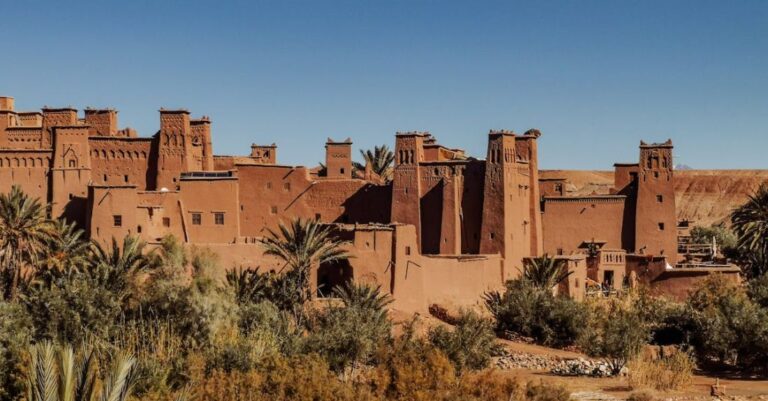
The Influence of Cultural Policies on Creative Industries
The world of creative industries is a vibrant and dynamic sector that encompasses a wide range of fields, including art, design, music, film, and literature. These industries play a crucial role in shaping our cultural landscape and have a significant impact on our economy. However, the success and growth of creative industries are often influenced by various external factors, one of which is cultural policies.
Cultural policies refer to the set of guidelines, regulations, and strategies that governments and other institutions implement to support and promote cultural activities within a society. These policies can have a profound effect on the development and sustainability of creative industries, shaping the way artists and cultural practitioners operate and thrive. In this article, we will explore the effects of cultural policies on creative industries and how they contribute to the overall cultural ecosystem.
Supporting Creativity Through Funding and Grants
One of the primary ways in which cultural policies impact creative industries is through the provision of funding and grants. Governments and cultural institutions often allocate resources to support artists, cultural organizations, and creative projects. This financial support can enable artists to produce new work, develop their skills, and reach new audiences. By investing in the creative sector, cultural policies help to nurture talent, foster innovation, and stimulate economic growth.
Promoting Diversity and Inclusivity
Cultural policies also play a crucial role in promoting diversity and inclusivity within creative industries. By encouraging representation from different cultural backgrounds, genders, and perspectives, these policies help to create a more inclusive and vibrant cultural landscape. When diverse voices are supported and amplified, it leads to more innovative and authentic creative outputs that resonate with a broader audience. Cultural policies that prioritize diversity contribute to a richer and more dynamic cultural sector.
Preserving and Promoting Cultural Heritage
Another important aspect of cultural policies is the preservation and promotion of cultural heritage. By safeguarding traditional art forms, historical sites, and cultural practices, these policies help to maintain a sense of identity and continuity within a society. Creative industries often draw inspiration from cultural heritage, incorporating traditional elements into contemporary works. Cultural policies that support the preservation of cultural heritage ensure that these traditions are passed down to future generations and continue to inspire creativity.
Facilitating International Collaboration and Exchange
Cultural policies can also facilitate international collaboration and exchange within the creative industries. By fostering partnerships between artists, cultural organizations, and institutions from different countries, these policies help to promote cross-cultural understanding and dialogue. International collaborations can lead to the sharing of ideas, skills, and resources, enriching the creative process and expanding the reach of artists and cultural practitioners. Cultural policies that support international exchange contribute to a more interconnected and globally engaged creative sector.
Encouraging Innovation and Experimentation
In addition to supporting traditional forms of creativity, cultural policies also encourage innovation and experimentation within creative industries. By providing opportunities for artists to explore new ideas, technologies, and modes of expression, these policies foster a culture of experimentation and risk-taking. This emphasis on innovation helps creative industries stay relevant and competitive in a rapidly changing world, driving forward new trends and pushing boundaries. Cultural policies that prioritize innovation enable artists to push the limits of their craft and create groundbreaking work.
Sustaining Creative Communities
Cultural policies play a vital role in sustaining creative communities and fostering a supportive environment for artists and cultural practitioners. By providing resources, infrastructure, and networking opportunities, these policies help to build strong and resilient creative ecosystems. Creative communities thrive when artists have access to affordable workspaces, educational programs, and collaborative platforms. Cultural policies that invest in the development of creative communities contribute to a vibrant and sustainable cultural sector.
In Conclusion: Nurturing a Thriving Cultural Ecosystem
The effects of cultural policies on creative industries are far-reaching and multifaceted. From supporting creativity through funding and grants to promoting diversity, preserving cultural heritage, facilitating international exchange, encouraging innovation, and sustaining creative communities, these policies play a crucial role in shaping the cultural landscape. By creating an enabling environment for artists and cultural practitioners, cultural policies help to nurture a thriving and dynamic cultural ecosystem that enriches our lives and shapes our collective identity.





